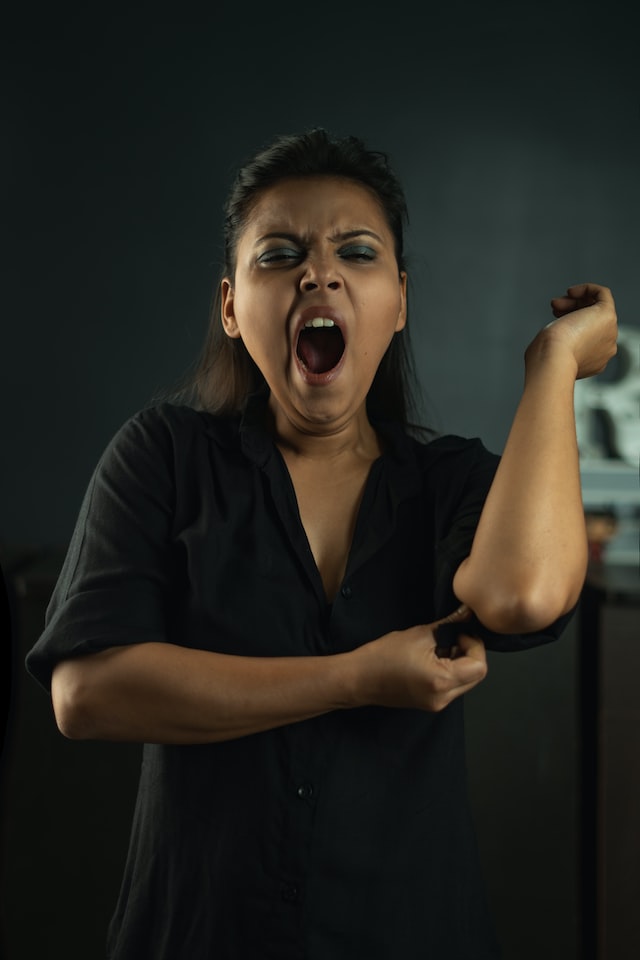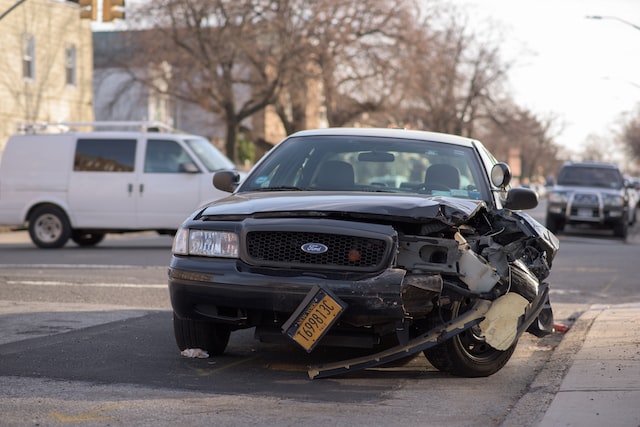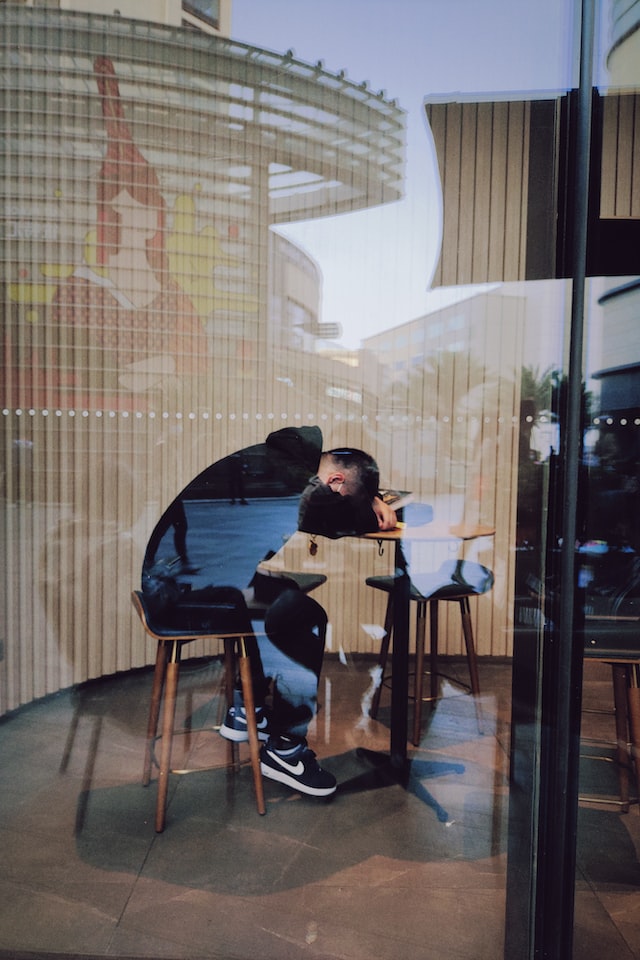I recently saw something at the airport that really impressed me.
A young fellow had lined up several rolling suitcases and was stretched out over the top of them, kind of like a human bridge over three pillars. He was napping. Amid all the hustle and bustle, he’d managed to make himself an oasis and was dead asleep. A true nap master, that one.
A true nap master, that one.
We think of napping as an indulgence. People admit to napping but they don’t boast about it. Maybe we should? Those mid-afternoon siestas are a restorative retreat from the parry and thrust of daily life. A nap renews you for battle. Sharpen your presence. Encourages civility. And sometimes, napping is the only answer. Like those moments when, upon realizing you just have too much to do, you decide the only sensible thing to do is … take a nap.

Did you know that there are experts in the field of napping? Talk about a dream job! Canada has the Canada Sleep Society and the US has the National Sleep Foundation. Both of these organizations are devoted to promoting quality sleep. According to these experts, napping is considered to be not just a healthy thing to do, but a responsible thing, as well. A 40 minute nap is said to increase productivity by 34 percent, but there are other benefits, as well. Safety is chief amongst them. We make mistakes when we get tired; errors in judgement, blunders. Some of those blunders take place on our roadways. In the United States this week, it’s Drowsy Driving Prevention Week. The National Safety Council states that drowsy drivers are responsible for 100,000 crashes, 71,000 injuries and 1,550 fatalities each year on American roadways. The Canadian Council of Motor Transport Administrators figures indicate that drowsiness is a factor in 21 percent of car accidents in Canada.
… driving while fatigued is an impairment
“which can be as deadly as any other.”
We have laws about distracted driving, and certainly laws around driving while under the influence of alcohol or drugs, but there are no prohibitions on driving while fatigued. According to ICBC, however, driving while fatigued is an impairment “which can be just as deadly as any other. It slows reaction time, decreases awareness and impairs judgement”.

The Canada Safety Council says that more than 20 percent of us admit to having fallen asleep while driving within the past year. The Canada Health Measures Survey shows that as many as one in three adults aren’t getting anywhere near enough sleep … but that doesn’t stop us from driving to work.
… one in three adults aren’t getting anywhere near enough sleep.
There are a few medtech companies working on drowsiness and wakefulness detection. They use something called the Johns Drowsiness Scale which utilizes blepharometry – the measurement of blinks – and other biomarkers that show the connection between eyelid movement and brain function.

If the purpose of a coffee break is to hit the reset button, then why not a nap break where you can really recharge your batteries? The National Sleep Foundation asserts that a 40 minute nap improves productivity by 34 percent so it makes sense that Nike, Proctor and Gamble, Zappos, Google, Ben and Jerry, and Hoot Suite are amongst the many companies that have implemented nap rooms for their employees. Some of these companies offer high tech sleep pods that dampen sound as well as darken. They’re a far cry from sleeping draped over three suitcases but, if your blood type isn’t caffeine, most of us will settle on any horizontal space we can find.
This week’s question for readers:
ARE YOU A NAPPER? WHAT’S YOUR TAKE ON THE IDEA OF COMPANY NAP ROOMS?
Leave your Comments below!
Register for The Plain Jane newsletter and stay up to date with upcoming contests.
Submissions to last week’s question:
Trick-or-treat! Are your numbers up or down? And are you taking the occasion to the next level with Halloween decor and more?
Shame on you Jane, for refusing teenagers your candy! As you say, the number of trick or treaters is dwindling. Anyone willing to dress up and go door to door in the rain, for candy they could pick up the following day for half price, is surely deserving of your generosity. I am encouraging my sixteen year old to go out this year. And I will be right behind her, hoping someone will look on me with pity and stuff a miniature O’Henry bar into my outstretched hand.
Michael Wilson
When we first moved to Queens Park in New Westminster five years ago, we were advised by the neighbours to buy candy for about 800 kids. We thought this was a joke. That first Halloween, we had 650 kids and it has been the same ever since, except for the height of the pandemic when we still had 340 kids. Most houses are decorated and most give out candy, which is at least a two person job for four hours straight. Parents, as well as children, dress up and there is even a neighbour who used to provide a cauldron of mulled wine for parents, pre-covid. New Westminster is home to many new Canadians who are absolutely thrilled to partake in this piece of Canadian culture. The highlight of the evening is the highschool band, dressed up like ghouls and ghosts who stop and play under the street lamps.
Sandra Herle
Growing up, my family was not exactly poor, but candy was a rare treat. At Halloween – oh my! A plethora of candy that was only for me and under my control! I ran eagerly from house to house until my pillowcase was bulging. It was a rare bonus to find a house that gave out full size chocolate bars. I was amazed at how wealthy they must have been! I vowed that when I grew up and if I was rich, I too would hand out this treasured find. And that’s what I do. I now know that the ability to do so doesn’t put me in the 1 % club, but the joy I get from hearing the kids exclaim is priceless.
Susan Alcock
I have always loved Halloween. In our twenties and thirties we threw costume parties and dressed up but in our more sedate sixties we get pleasure from welcoming wee ghosts and goblins at the door. I wonder if the disappearance of trick or treaters from your area has to do with the exorbitant cost of housing in Vancouver? My North Vancouver suburb doesn’t seem to be experiencing this trend. We have lived in the same house for forty years and have recorded the number of visitors annually for about the last 20 years. The numbers dipped from around 80 kids per year in the early 2000’s to a low of 27 in 2014 but have steadily rebounded every year since. Long live trick or treating and safe neighborhoods!
Susan Berry
Our community is spread over a 10×4 km strip of trees, vineyards, orchards, big lots with long driveways and little enclaves of homes and, yes, we celebrate Hallowe’en! A neighbour gathers addresses of treaters and numbers of trick-or-treat kids. Trick-or-treaters get a map showing treat locations while treat-givers are given a good idea of numbers (30-35). Prizes are given for best decor. Where there are a few homes nearby, we huddle around portable fire pits and engage in conversation with neighbours while awaiting the ghosts and ghouls, superheroes and Elsas.
Julie Halfnights
